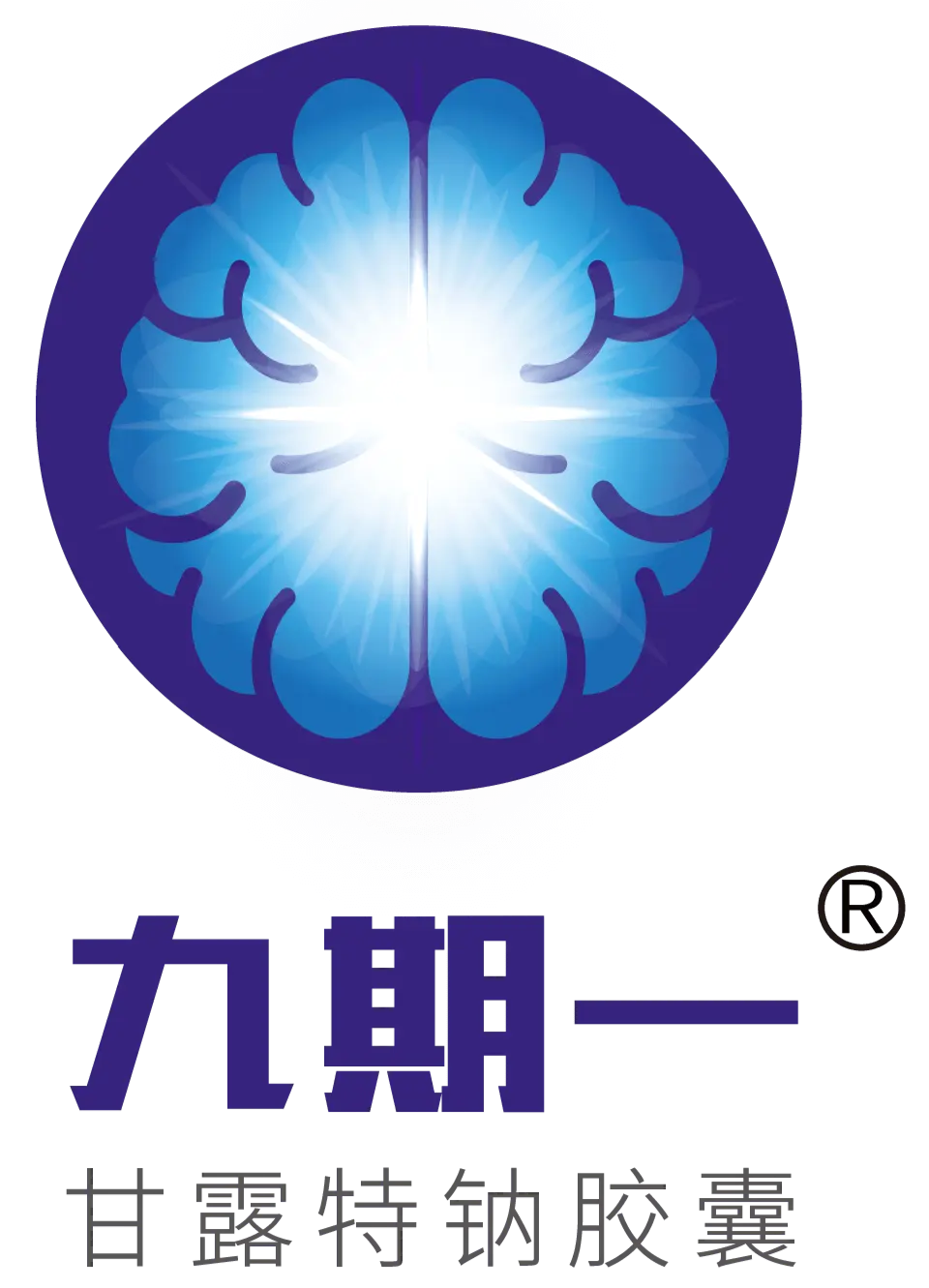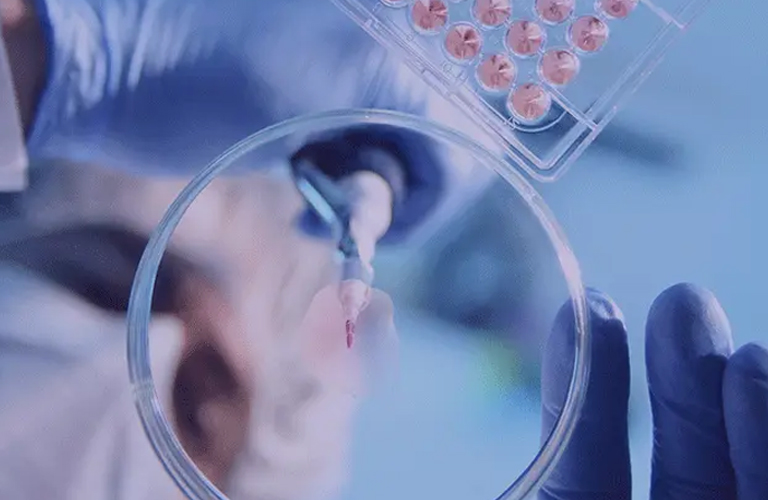Susan Preschin:Patient Advocacy and Clinical Development
Good morning, everyone! Thank you so much for inviting me.
The Alliance for Aging Research is a US national-level non-profit organization committed to accelerating the transformation of scientific discoveries and scientific applications, and striving to improve the problem of aging and promote human health. Founded more than 30 years ago, the alliance’s main effort is to raise funds for anti-aging efforts, promote research, and drive innovation. We have formed alliances with many institutions, such as those dedicated to aging-related diseases, to promote the welfare and treatment of all patients and families. We believe any advance in research should help people live longer, and lead a more efficient, more productive, and happier life. We hope that the latest advances in scientific and technological information can help people improve their health. We have a series of related programs, and Alzheimer's disease is a top priority of our work, and this is a mission we remember most in our hearts.
Over the past many years, many institutions have conducted research through ACT-AD. The ACT-AD Coalition brings together the world's most outstanding academics, as well as FDA, NIH and many patient organizations, to discuss how to better treat AD. Every year, we hold an annual seminar with FDA experts, which also attracts the participation of geriatric experts, and discusses with them what the main topics are every year.
We recently discussed the clinical implications and co-morbidities, the pooling of data, AD biomarkers, new advances and treatments, and more.
Our work has helped FDA establish its own in-house neurology working group to improve patient representation. The work also has FDA involvement from the Commissioner's Office to individual treatment centers, as well as the broad participation of the General Affairs Committee. Each of the different agencies within FDA can bring together its own experts and expertise to evaluate new AD treatments. There are also programs for patient representative organizations.
This is the first step to improve the influence of patients and their families among evaluators. And at the same time, we have related representative programs such as cancer and HIV/AIDS. We held the second annual meeting in November 2019, and the topic at the time was the diversification of the pipeline of AD treatments. Green Valley Pharmaceuticals also participated, and introduced at the meeting that GV-971 has been granted conditional approval.
We believe that new AD treatments are very much needed. There are a very large number of AD patients and their families in the world. There are actually more than 50 million patients. Although there are hundreds of clinical trials now ongoing, no new drug for AD indications has been approved since 2003. At present, many drugs have a failure rate of more than 99%, while cancer drugs have an 81% failure rate.
Dementia is a major consequence of AD, which leads to patient incapacitation and distress to others. It is also the major problem afflicting the elderly population. And we also realize that both patients and families can help researchers and pharmaceutical companies conduct drug research. First, they can provide their information, provide the reason for investment, and present their own case, and at the same time, influence the regulators, so that the regulators can faster approve more of these neurological drugs. Also, a voice can be heard from patients, demanding more funds from the US government to conduct related clinical trials. And a voice can be heard from clinical trial designs, so as to better improve their design, and conduct better recruitment and patient retention.
Once a trial has started and while it’s in progress, various activities can be carried out to promote the concept. AD patients can also help advance studies. They can provide a lot of information, and maybe for them, functional behavior is more important than some of the targets that clinical trials are currently designed for, so they can have a voice in that.
At the same time, we have also received support from many celebrities, such as Bill Gates who also shared information about many of our projects.
In addition, we can also send our organization's views to pharmaceutical companies and to regulatory agencies. For example, can the number of blood draws be reduced? In fact, the elderlies are not experts in science, but they know better than anyone how much pain they can bear. This information is very helpful for our enrollment, retention, and trial.
At the same time, they can organize activities to promote education about new drugs, so that more and more patients can understand the current situation of clinical trials and increase the success rate of enrollment. They can also help us educate about screening, detection, early intervention and care.
In addition, a patient's information is more convincing to them, if it comes from another patient with the same indication, rather than from a doctor.
It can also improve research and make it easier for us to collect real-world data. Real-world data are becoming more and more important in the current perspective of regulatory agencies and can help us access better support in late-stage marketing.
My great-grandmother suffered from AD, a disease that troubled her in her later years, and I am very glad to have participated in her care. So I think participating in such a milestone study like Green Valley’s is also an honor for me. We hope to do our part in letting AD patients see hope and have more benefits.
Thank you all!








